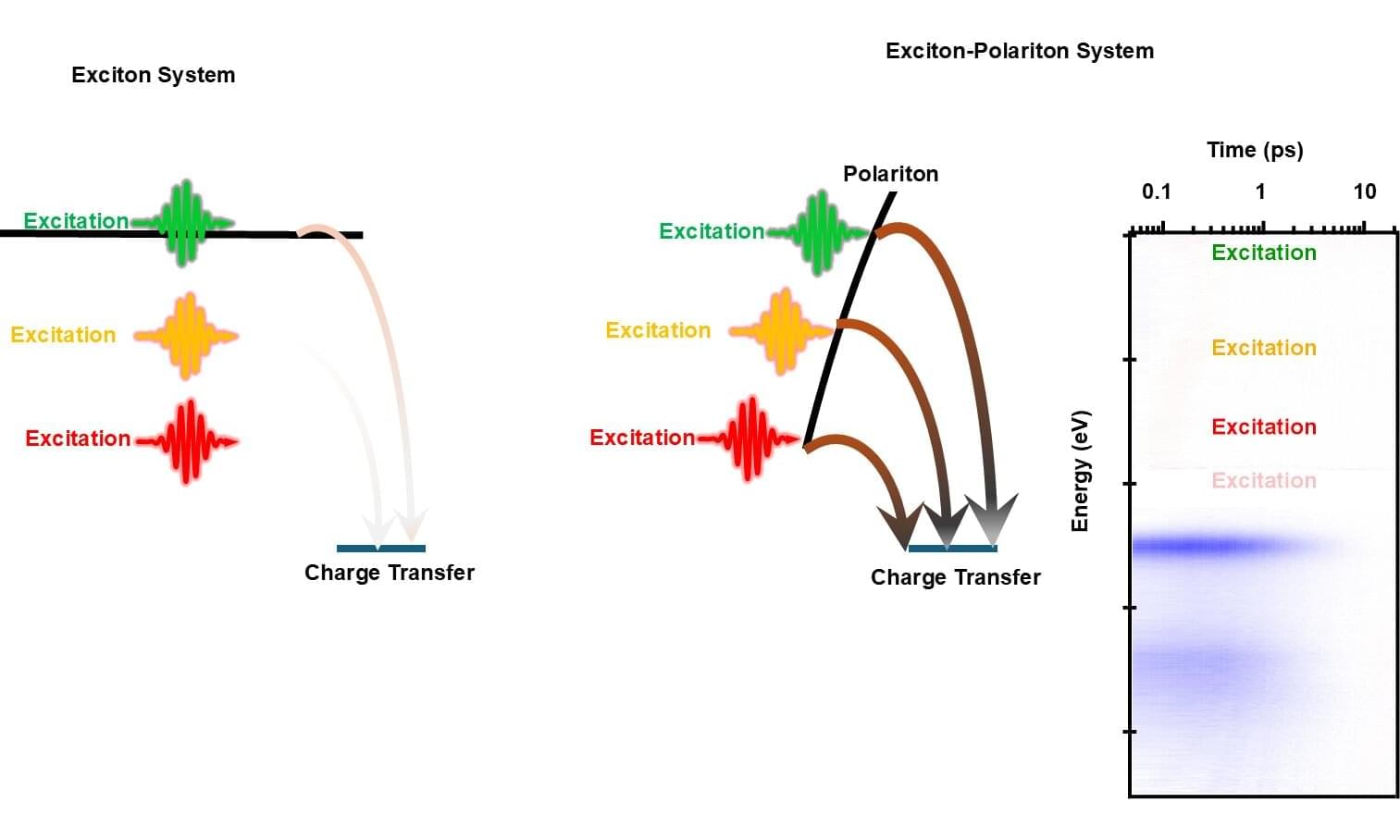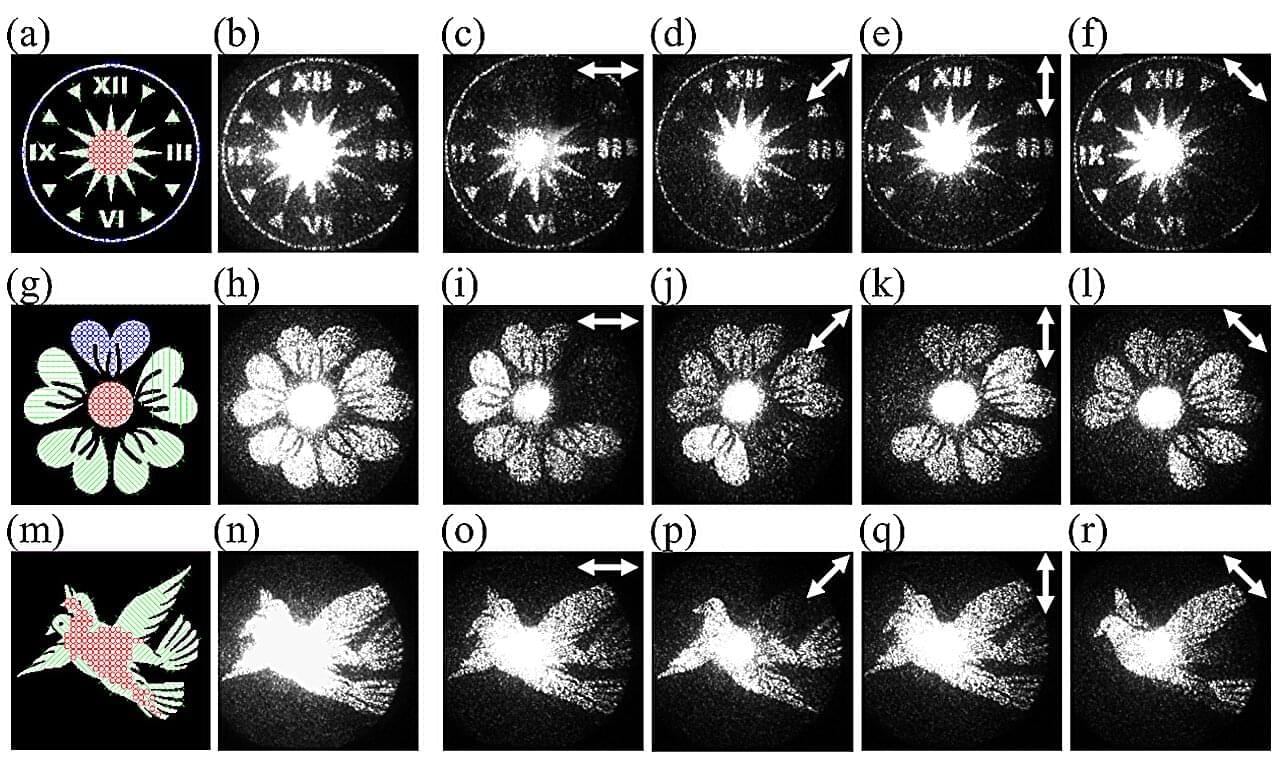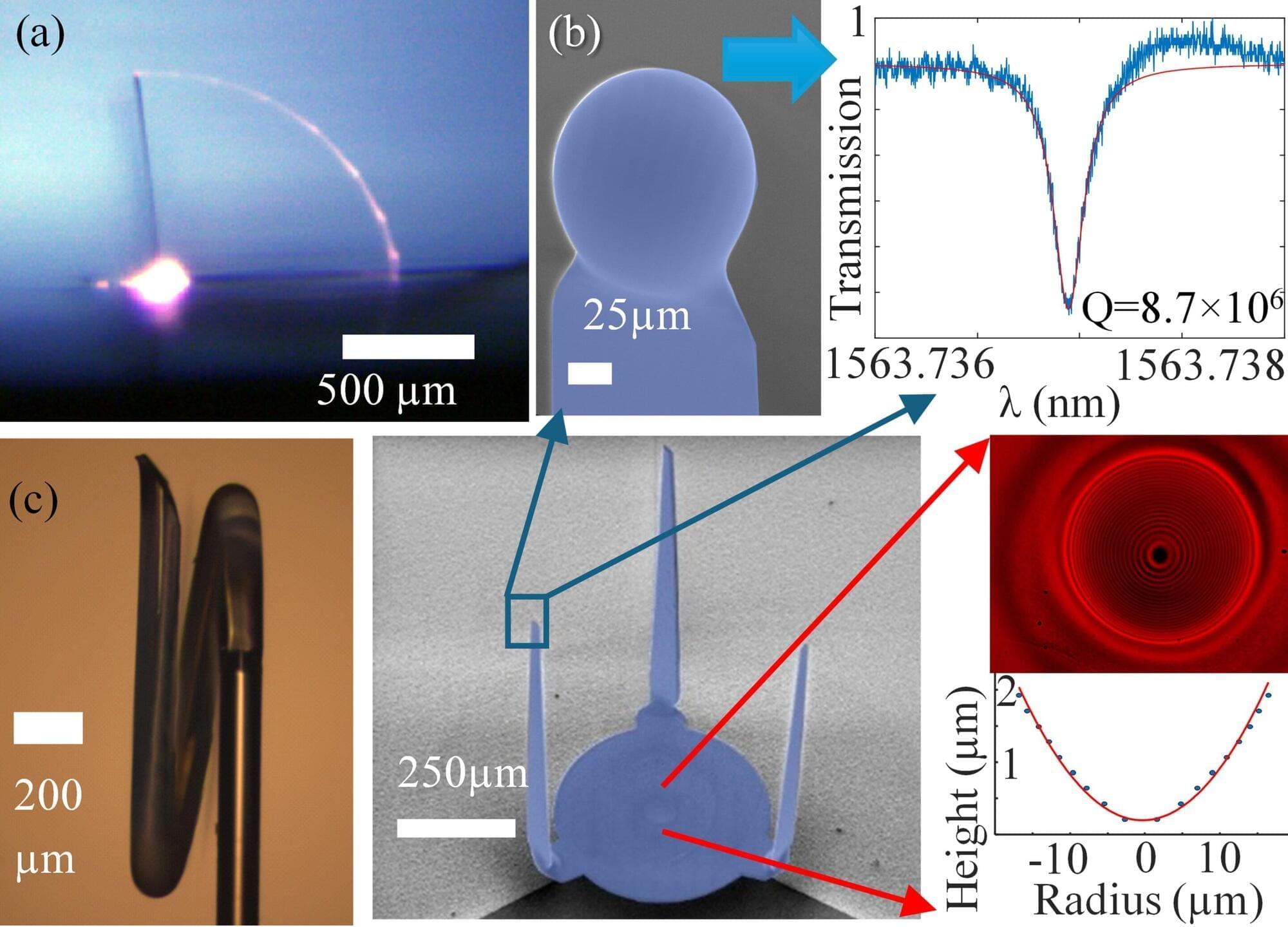Researchers at the Max Planck Institute for the Structure and Dynamics of Matter (MPSD), in collaboration with international partners, have developed momentum-resolved Floquet optical selection rules. They show how these symmetry-based rules determine the spectral weight distributions of photon-dressed sidebands in time- and angle-resolved photoemission spectroscopy (TrARPES) experiments across different pump-probe configurations. This fundamental work has now been published in Science Advances.








